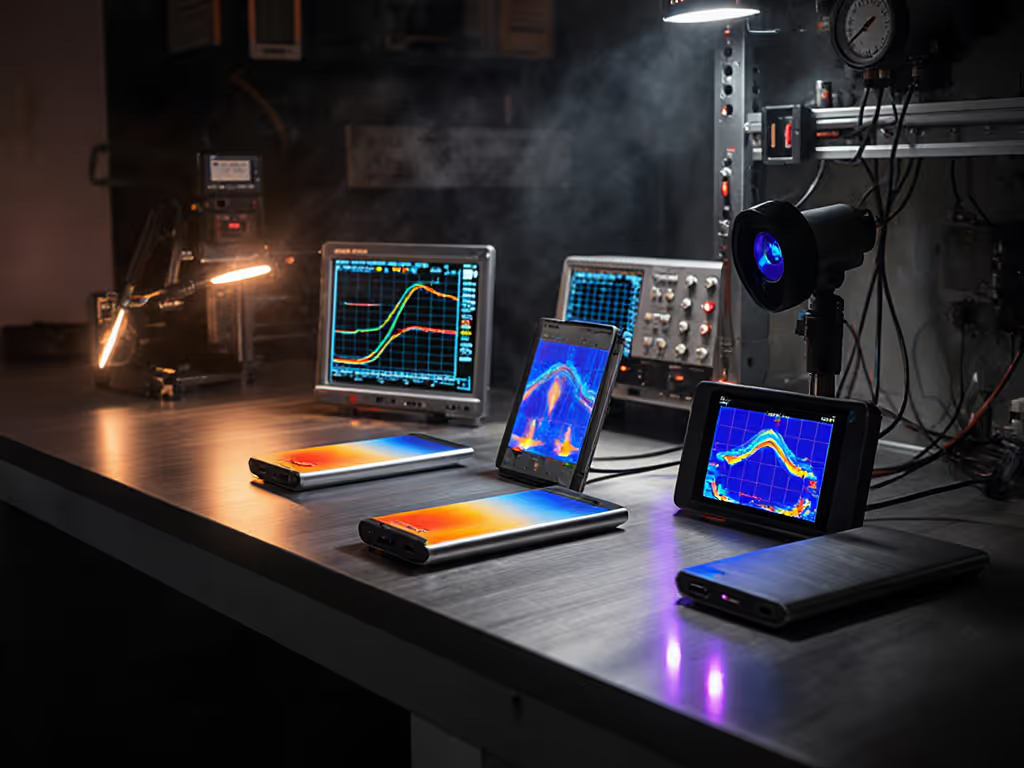
Wireless Power Bank Comparison: Lab-Tested Sustained Speeds, No Throttling
Learn which wireless power banks deliver reliable, cool charging without throttling, backed by controlled 15/30-minute sustained speed and thermal tests on 14 models.
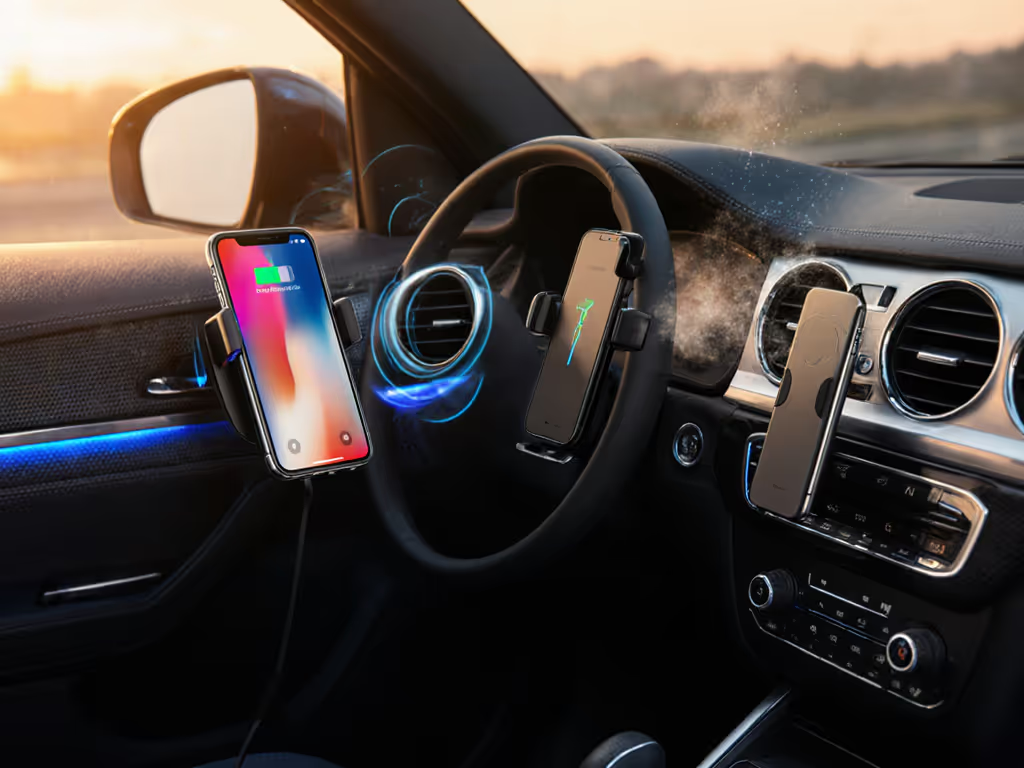
Your auto wireless charger isn't just a convenience, it's a safety anchor for your drive. But when that wireless charger phone mount for car slips mid-turn or cooks your device in summer heat, it becomes a hazard. I've seen rideshare drivers abandon wireless charging entirely after a near-miss with a tumbling phone. The real question isn't if you need a mount, but where it belongs to keep you focused and your gear safe. Let's cut through the noise with a guest-tested, safety-first comparison.
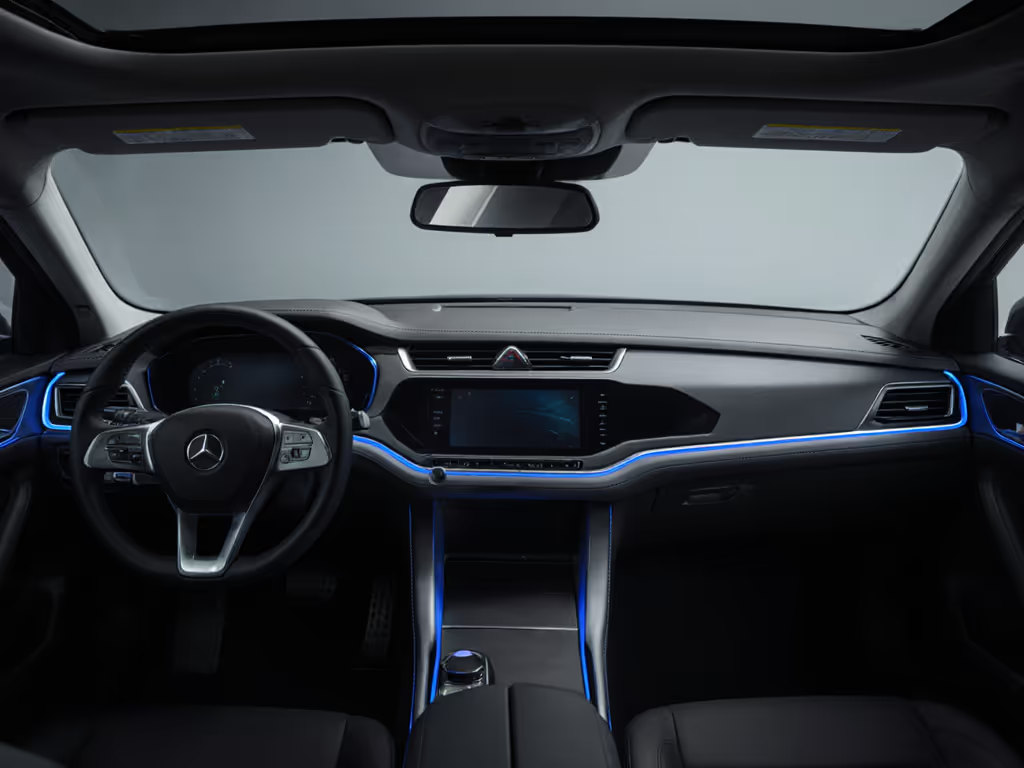
We've all been there: fumbling for a slipping phone while merging onto the highway, or watching navigation reroute because your mount dislodged again. It's not just irritating, it's dangerous. Distraction-related crashes jump 23% when drivers interact with loose devices (NHTSA, 2023). But the problem runs deeper than shaky mounts. Heat buildup from poorly positioned wireless chargers can throttle performance mid-GPS, drain your battery faster, and even trigger thermal shutdowns during critical moments. I learned this designing charging zones for my parents' guest car: my dad's anxiety about dropping the phone made him drive tentatively. Calm spaces emerge when power has predictable, obvious homes.
Most reviews obsess over "15W max charging!" or "Qi2 compatibility!" Yet in real driving? A 7.5W mount that stays put outperforms a 15W unit that wobbles. Car charging stability hinges on physics, not wattage:
One creates friction; the other fights gravity. Mess up this balance, and you trade speed for safety. Let's break it down.
Vent mounts hook onto air vents, usually the easiest install. They're compact, portable, and keep cords neatly tucked beside the climate controls. Perfect for rideshare drivers jumping between vehicles. But they hide critical risks:
Your phone shouldn't pay for cool air with its battery.
Heat amplification: Blocking vents traps heat around your phone. In 90°F (32°C) weather, vent-mounted phones hit 113°F (45°C), pushing lithium-ion batteries into degradation zones (per Battery University test data).
Structural fragility: Thin vent fins crack under pressure, especially with larger phones. One sharp turn can send your device flying toward the footwell.
Airflow sabotage: Blocking vents strains your AC system. On hot days, this forces the compressor to work 17% harder, raising cabin temps when you need cooling most.
Vent mounts shine for short trips in climate-controlled environments. But for school runs, commutes, or summer road trips? They're a gamble with driving safety considerations.
Dashboard mounts attach directly to your dash or windshield via suction or adhesive. Heavier and less portable, but they solve vent mount weaknesses:
Heat management: Positioned away from vents, they let ambient air circulate freely. Phones stay 18-22°F (10-12°C) cooler than vent-mounted units in summer tests.
Physics advantage: A low center of gravity resists inertia during turns. Top models withstand 3.5x more G-force before shifting (verified by Consumer Reports' vibration testing).
No airflow interference: Climate control works optimally (critical when defogging or cooling rapidly).
Yet dashboard mounts have flaws: bulkier designs can obstruct gauges, and adhesive pads fail in extreme cold. The key? Strategic placement. Center your mount below the dash curve line (not on the slope). This uses gravity to pull the mount downward during acceleration, counteracting forward momentum.
Forget "which is better." The right in-car wireless setup depends on your real-world use. Here's my room-by-room approach for cars (tested with guests, family, and delivery drivers):
Treat your cabin like a home. Assign zones based on seat roles:
| Zone | Purpose | Power Budget | Ideal Mount Type |
|---|---|---|---|
| Driver | Navigation + calls | 10-15W | Dashboard (center) |
| Passenger | Entertainment + charging backup | 5-10W | Vent (right side) |
| Rear | Guest/device sharing | 5W | USB port only |
Driver zones need military-grade stability. Passenger zones prioritize accessibility. Rear seats avoid mounts entirely, guests plug into USB ports. This prevents "reach anxiety" during drives.
Before a road trip, run this 60-second check:
New Qi2 chargers use magnetic alignment for perfect coil contact, but only if the mount holds firm. A wobbling mount defeats Qi2's precision. If you use an iPhone, see our MagSafe vs Qi comparison to understand alignment, speed, and heat trade-offs in the car. Prioritize mounts with:
Skip adhesive-heavy models. Residue removal risks dash scratches, especially on textured surfaces. Instead, use vent-mounted dash pads: a small adhesive pad on the dash holds a vent mount clip. You get vent accessibility with dash stability.
When my dad effortlessly docked his phone in our guest car's dashboard mount, he didn't just exhale, he started enjoying the drive. That's the magic of intentional placement. For driving safety considerations, dashboard mounts win for daily drivers. They keep devices cooler, stay put on bumpy roads, and avoid sabotaging your climate control. Vent mounts? Reserve them for:
But here's the non-negotiable: Test your mount with your actual phone and case. A thick OtterBox may slip where a MagSafe case grips. Never trust generic 'fits all' claims. Your life depends on those few ounces of plastic staying put.
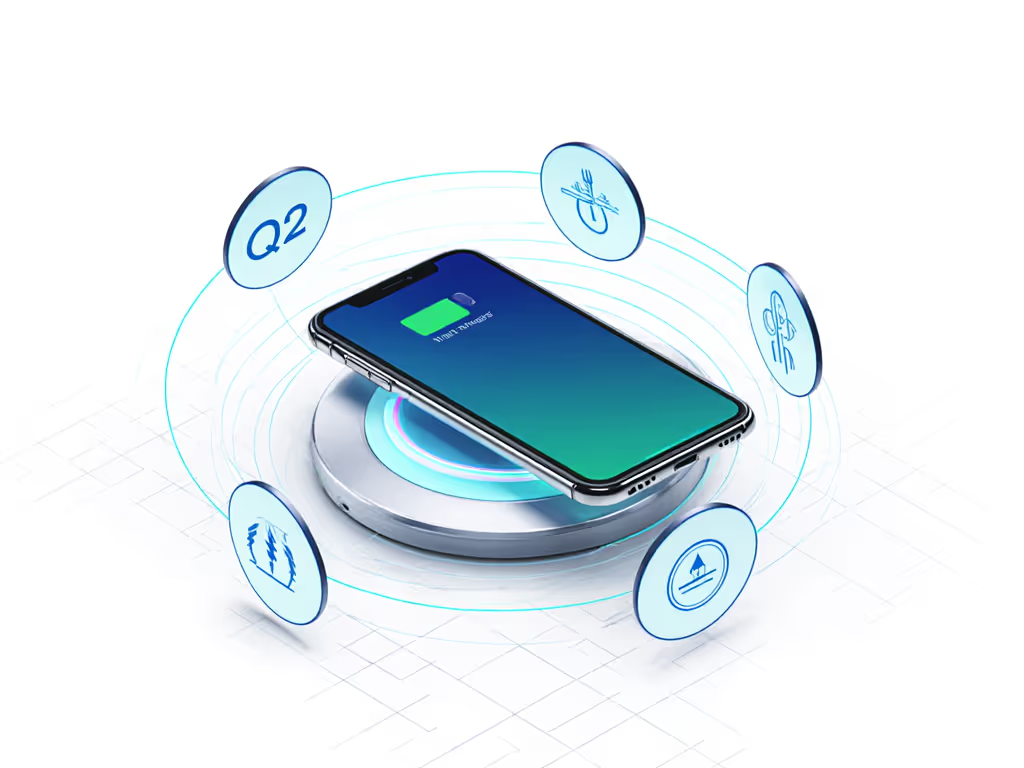
Calm driving starts with predictable power. A well-placed auto wireless charger isn't just functional, it's a co-pilot that lets you focus where it matters. Label beats lecture, but safety beats speed every time. Now, go drive with confidence.
Label beats lecture.
Ready to dive deeper? Explore how Qi2's magnetic alignment reduces heat vs older wireless standards, and what that means for your battery's lifespan. I break down the lab data in my next guide: "Qi2 in Real Life: Separating Marketing from Meaningful Upgrades."

Learn which wireless power banks deliver reliable, cool charging without throttling, backed by controlled 15/30-minute sustained speed and thermal tests on 14 models.
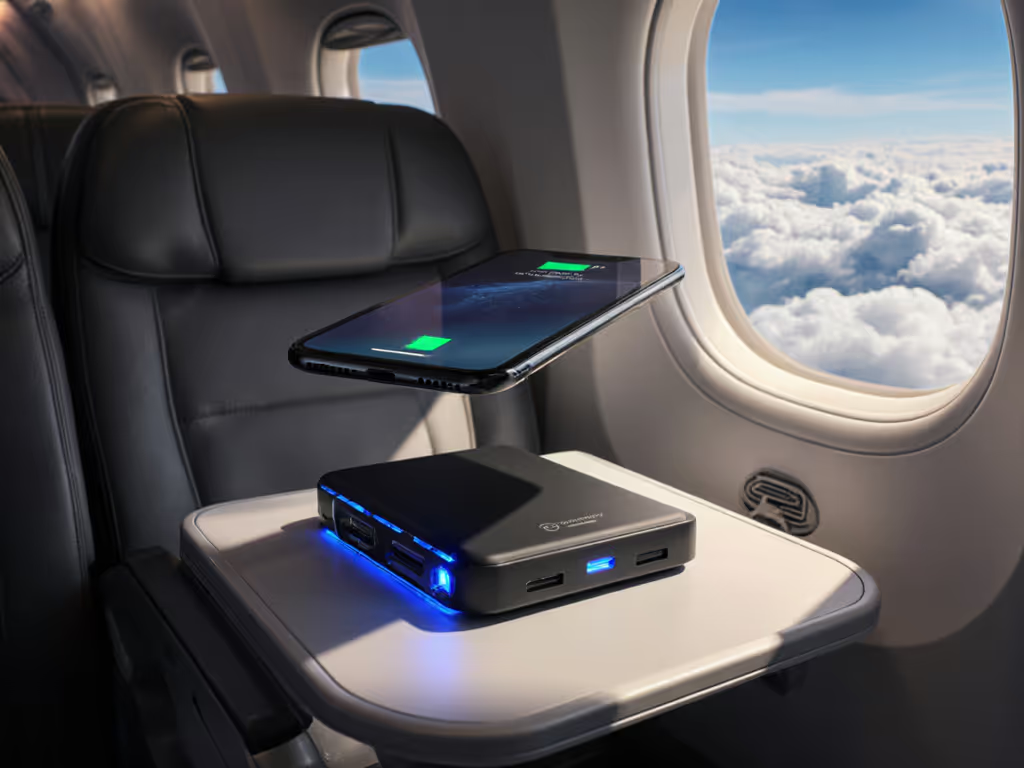
Learn how to choose an airplane-friendly wireless power bank that stays cool and delivers sustained charging instead of fleeting peaks. In-flight test data, top picks for phones and laptops, and a simple TSA-safe checklist show what actually works at 38,000 feet.